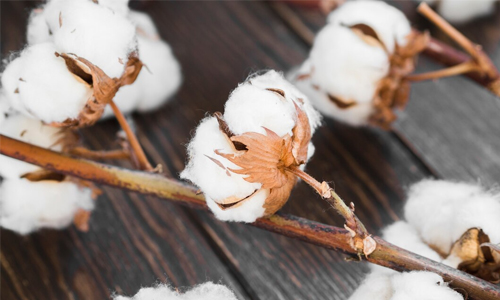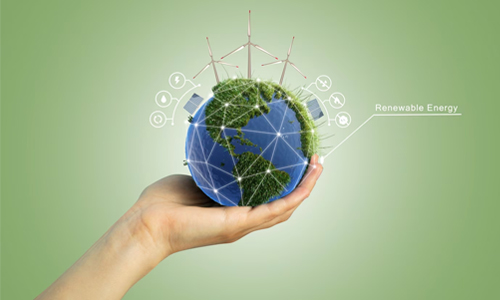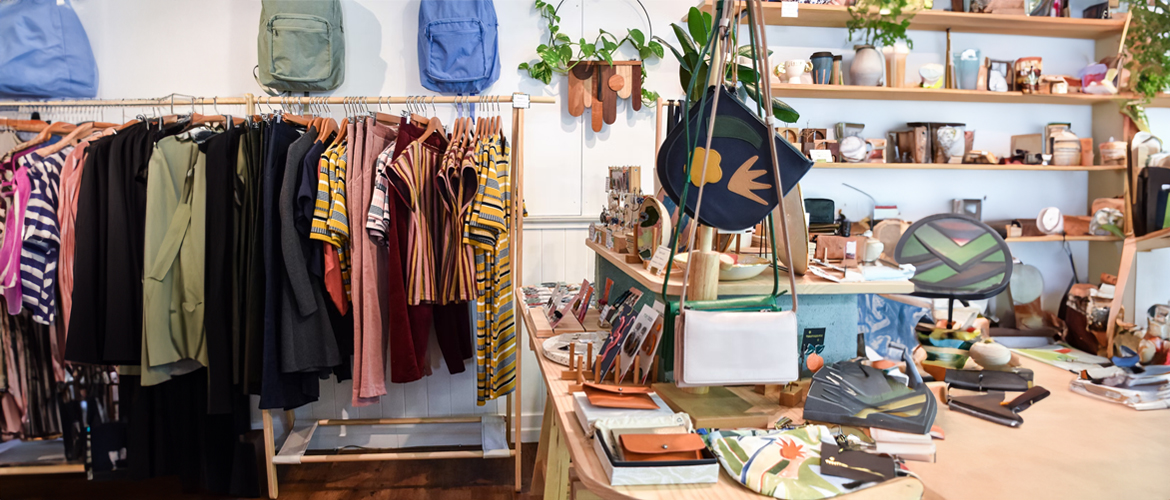The fashion industry, a behemoth of creativity and consumption, has paradoxically held the dubious honor of being one of the planet’s most polluting sectors. A stark reality emerges from behind the glitz and glamour—this industry is accountable for a staggering 10% of global wastewater and a distressing 20% of industrial water pollution. The environmental onslaught continues as it pumps out 10% of the world’s carbon emissions. Yet, from the shadows of this ecological havoc, a new movement has arisen—one that seeks to infuse ethics and sustainability into every stitch and seam.

In recent years, a crescendo of consciousness has rippled through societies, sounding alarms about the environmental and ethical ramifications of fashion’s unchecked growth. A clarion call for change has given birth to the ethical fashion movement, representing a paradigm shift towards clothing that mirrors responsibility and accountability.
Decoding the Ethical Fashion Ethos
The ethos of ethical fashion spans a diverse spectrum, encapsulating multifaceted concerns such as:
1.Sustainable Production Processes
The perilous environmental toll of fashion’s production process, marked by profligate water usage, energy consumption, and chemical discharge, is a critical concern. The shift towards ethical fashion emphasizes reducing these impacts, and fostering practices that prioritize the planet’s wellbeing.
2. Human-Centric Values
Acknowledging that the hands-crafting fashion pieces often remain hidden, ethical fashion delves into the working conditions of those laboring behind the scenes. Factors like fair wages, reasonable work hours, and safe working environments come into sharp focus, aiming to rectify the exploitation that has marred the industry’s history.
3. Materials for Tomorrow

The call for sustainable materials resonates profoundly in the ethical fashion movement. Organic cotton, hailed for its minimal pesticide use, and recycled polyester, which curbs the demand for new raw materials, are emblematic of this change.
4. Commerce with Conscience
The fair trade aspect of ethical fashion elevates it beyond transactions. Brands and retailers committed to equitable practices forge connections between consumers and artisans, ensuring that every purchase contributes to an equitable distribution of resources.
Exploring the Paths to Ethical Fashion
The avenues to engage with ethical fashion are as diverse as its principles. Some opt to purchase from brands adorned with certifications from esteemed bodies such as Fair Trade USA and the Sustainable Apparel Coalition. Others embrace second-hand shopping, a sustainable alternative that slashes waste and stretches wallets. In this pursuit, every conscientious choice sends ripples of change through an industry that’s awakening to its responsibilities.
From Mindful Consumers to Transparent Brand Policies
The embryonic ethical fashion movement is rapidly maturing, an evolution fueled by a groundswell of mindful consumers who grasp the significance of their sartorial selections. As this awakening reverberates, fashion’s landscape is irrevocably altered. Brands, once opaque about their supply chains, now radiate transparency, leveraging technology to trace their ecological and ethical footprints.
Livia Firth: Pioneering Ethical Fashion and Sustainable Transformation

Among those leading the charge is Livia Firth, a vanguard of ethical fashion. The Eco-Age Foundation, founded by Firth, serves as a beacon, illuminating sustainable fashion’s potential. Notably, she co-founded the Green Carpet Challenge—an initiative enlisting celebrities to flaunt sustainable garments on the grand stage of the red carpet. Firth’s stance transcends fashion; she perceives ethical fashion as a catalyst for a global transformation. “Ethical fashion is about creating a better future for everyone, not just a few,” she affirms—an embodiment of fashion’s potential to transcend mere aesthetics.
The ethical fashion renaissance, although nascent, brims with transformative potential. It harbors the power to rewrite fashion’s legacy, steering it toward a trajectory defined by responsible consumption, equitable labor practices, and a harmonious coexistence with the environment. This vision of transformation paves the way for a reimagined future:
Democratization of Ethics
As the clamor for ethical fashion amplifies, market dynamics shift. Escalating demand catalyzes competition, chipping away at the luxury price tags that have often been associated with ethical fashion. The movement’s ripple effect extends beyond boundaries, making sustainability an accessible reality for every stratum of society.
Brand Metamorphosis

A palpable shift is underway as mainstream brands pivot towards ethical fashion. This diversification simplifies the search for conscientious attire, fostering a retail landscape where ethical options abound.
Technological Mettle
The union of technology and ethical fashion yields innovations with far-reaching impacts. Blockchain, often lauded for its transparency prowess, finds a purpose in tracing garment supply chains, ensuring adherence to ethical standards from inception to completion.
Final Words
The tapestry of the future is woven with the threads of ethical fashion, vibrant and promising. As the ranks of conscious consumers swell, the movement unfurls, driving change on a global scale. The crescendo of transformation resounds through boardrooms, design studios, and the minds of individuals who realize that the act of adorning oneself can be an agent of change. Ethical fashion transcends cloth; it signifies a movement toward a world where the aesthetic is aligned with the ethical, where elegance emanates from accountability, and where style is woven into the very fabric of a sustainable, just, and equitable future.
Clara
Related posts
Women Tips
Privacy Overview
| Cookie | Duration | Description |
|---|---|---|
| cookielawinfo-checkbox-analytics | 11 months | This cookie is set by GDPR Cookie Consent plugin. The cookie is used to store the user consent for the cookies in the category "Analytics". |
| cookielawinfo-checkbox-functional | 11 months | The cookie is set by GDPR cookie consent to record the user consent for the cookies in the category "Functional". |
| cookielawinfo-checkbox-necessary | 11 months | This cookie is set by GDPR Cookie Consent plugin. The cookies is used to store the user consent for the cookies in the category "Necessary". |
| cookielawinfo-checkbox-others | 11 months | This cookie is set by GDPR Cookie Consent plugin. The cookie is used to store the user consent for the cookies in the category "Other. |
| cookielawinfo-checkbox-performance | 11 months | This cookie is set by GDPR Cookie Consent plugin. The cookie is used to store the user consent for the cookies in the category "Performance". |
| viewed_cookie_policy | 11 months | The cookie is set by the GDPR Cookie Consent plugin and is used to store whether or not user has consented to the use of cookies. It does not store any personal data. |

